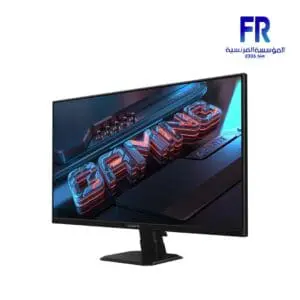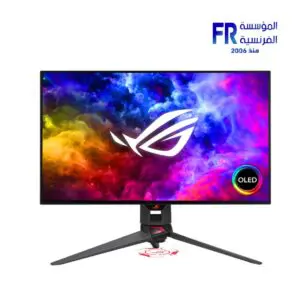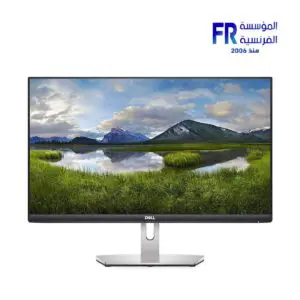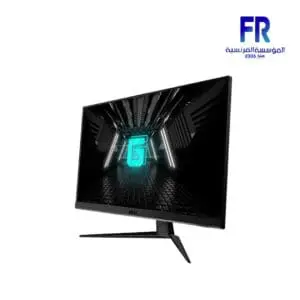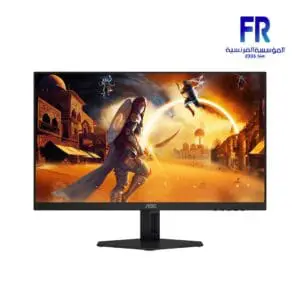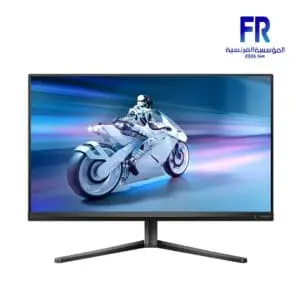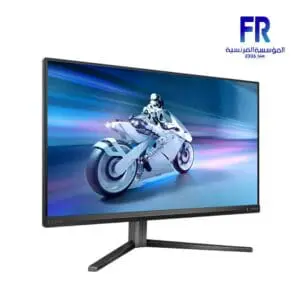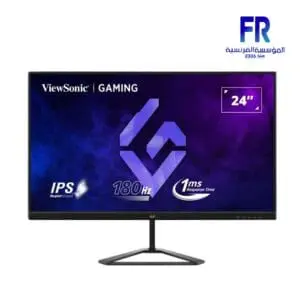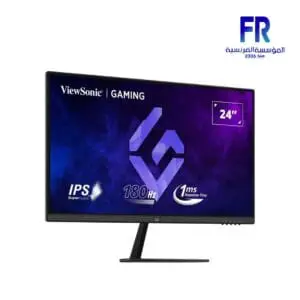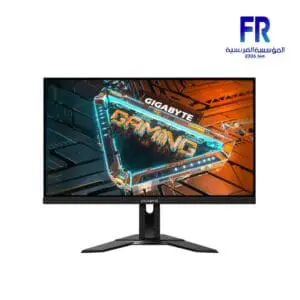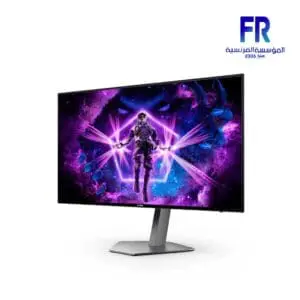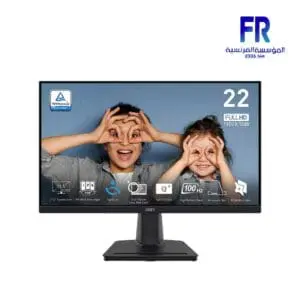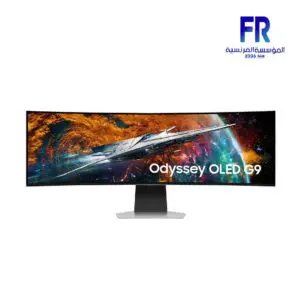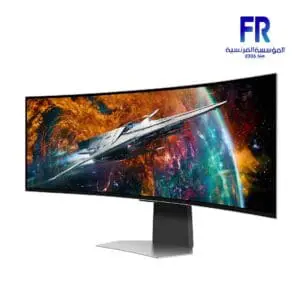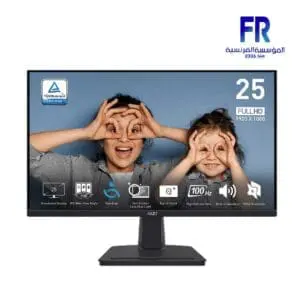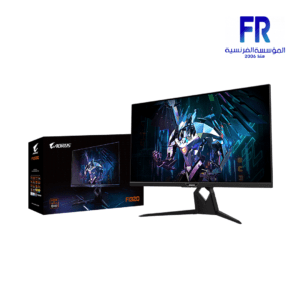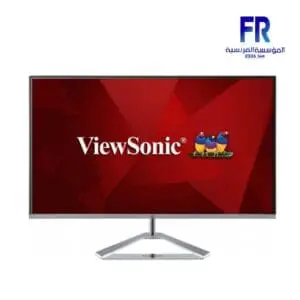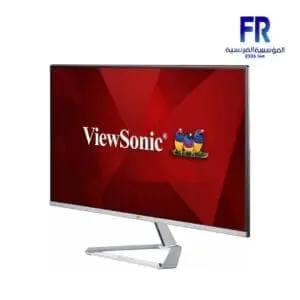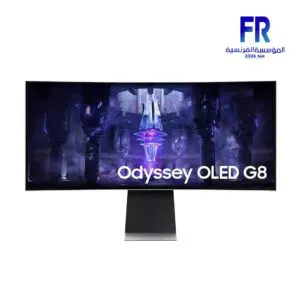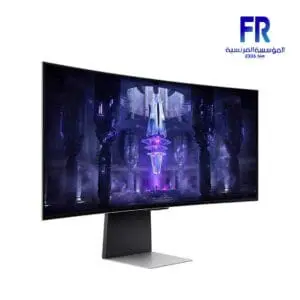Computer monitors are essential for any computer system. They provide the visual output for all of your applications and games. When choosing a computer monitor, there are a few key factors to consider, such as screen size, resolution, refresh rate, and panel type.
Screen Size
Screen size is measured diagonally from one corner of the monitor to the other. Common screen sizes for computer monitors range from 21 inches to 34 inches or more. The best screen size for you will depend on your personal preference and the type of work you do. If you need a lot of screen real estate for multitasking or working with multiple applications, you may want to consider a larger monitor. If you’re short on space or only use your computer for basic tasks, a smaller monitor may be sufficient.
21inch monitor
Resolution
Resolution refers to the number of pixels on a monitor. The higher the resolution, the sharper and more detailed the image will be. Common resolutions for computer monitors range from 1920×1080 (Full HD) to 3840×2160 (4K). If you’re planning on using your monitor for gaming or watching high-definition videos, you’ll want to choose a monitor with a high resolution.
1920×1080 monitor
Refresh Rate
Refresh rate is the number of times per second that the monitor updates the image on the screen. A higher refresh rate will result in a smoother and more fluid image. Common refresh rates for computer monitors range from 60Hz to 240Hz or more. If you’re a gamer or use your computer for other graphics-intensive tasks, you’ll want to choose a monitor with a high refresh rate.
240Hz monitor
Panel Type
There are two main types of monitor panels: TN and IPS. TN panels are less expensive and offer faster response times, but they have narrower viewing angles and less accurate colors. IPS panels are more expensive, but they offer wider viewing angles and more accurate colors.
IPS panel monitor
Other factors to consider when choosing a computer monitor include:
Brightness: Brightness is measured in nits. A higher brightness rating means that the monitor can display a brighter image. This is important if you plan on using your monitor in a brightly lit environment.
Contrast Ratio: Contrast ratio is the difference between the brightest and darkest colors that a monitor can display. A higher contrast ratio means that the monitor can produce more vibrant and realistic images.
Response Time: Response time is the amount of time it takes for a pixel to change from one color to another. A lower response time means that the monitor can produce sharper and more fluid images, especially in fast-paced games.
Viewing Angle: Viewing angle is the angle at which you can view the monitor without the image becoming distorted or washed out. A wider viewing angle means that you can view the monitor from a wider range of angles without sacrificing image quality.
Connectivity: Most computer monitors have an HDMI or DisplayPort connector. Some monitors also have additional connectors, such as DVI or VGA. Make sure that the monitor you choose has the connectors that you need.
Once you’ve considered all of these factors, you can start shopping for a computer monitor. Be sure to read reviews and compare prices before you buy.





